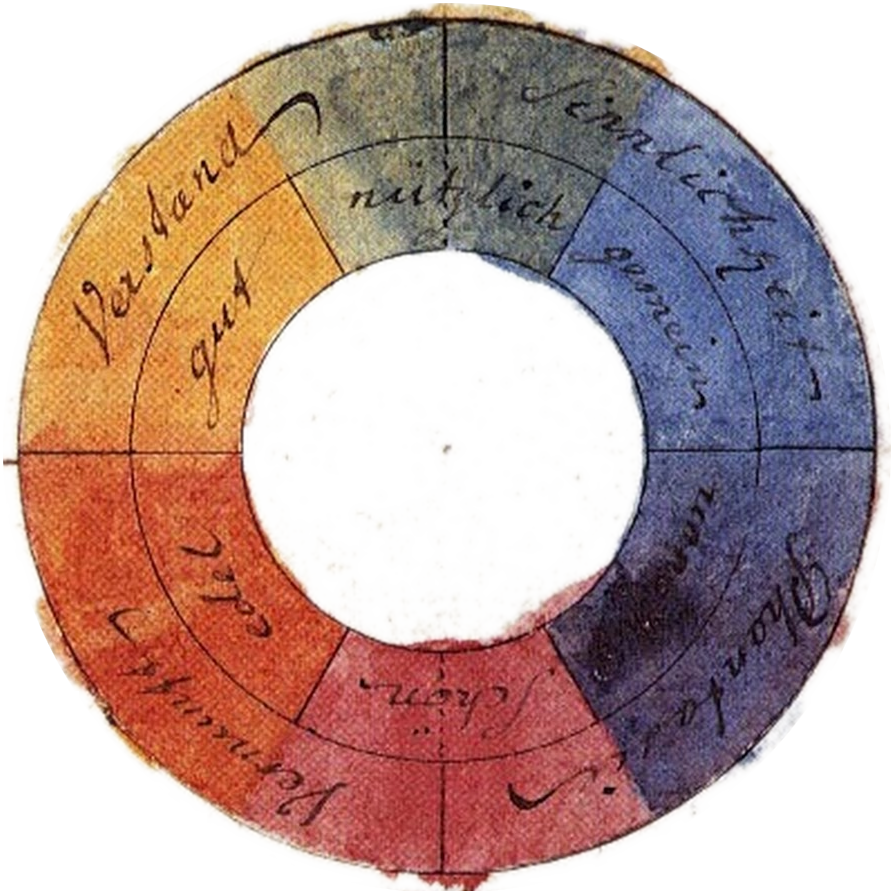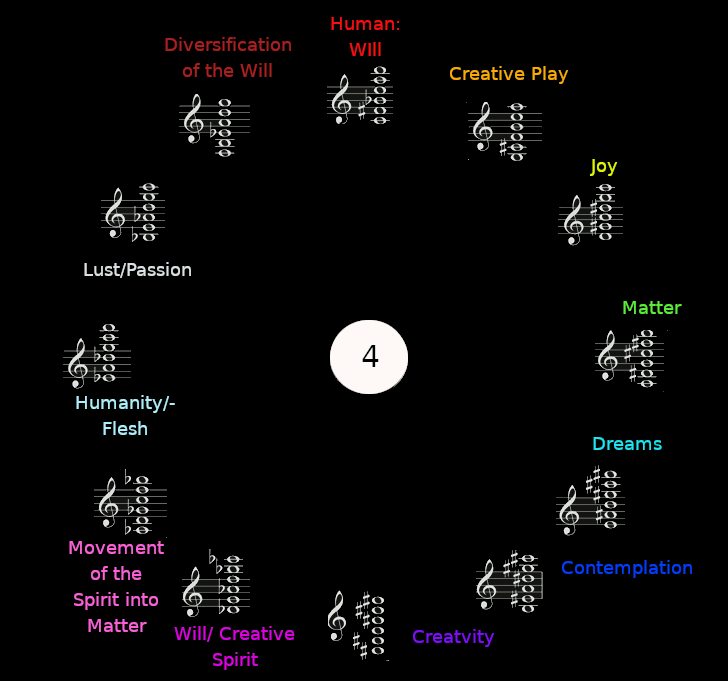

Scriabin's quest for a synesthetic holistic
expression inspired by Theosophy revolutionized early 20th Century musical language.
A pioneer of multimedia works, he carefully refined his musical language to embody his spiritual aspirations.
He immersed himself in the study of harmony and thesophy to blend both in order to transform reality through music.
His magnum opus, the unfinished multisensory "Mysterium" (scent, hearing, touch, movement, and sight), was to be performed for
over a week in the Himalayas. With the participation of the audience and achieved through a ecstatic and transcendent catharsis,
it would catalyze the destruction of the world and the advent of a new one inhabited by nobler beings.
Theosophy described a powerful multisensory unitary vibration, "Akâsa", that permeated the universe:
“Sound is the characteristic of Akâsa (Ether): it generates air, the property of which is Touch;
which (by friction) becomes productive of Colour and Light”. Tapping into Akâsa could produce tremendous effects in the real world.
The use of his "Mystic Chord" in late works like "Prometheus" dissolve Western conventional harmonic logic and tonal centers.
The "Mystic chord" reverts usual circle of 5ths relations, traditional modulation rules and hierarchical harmonic structures
by sharing most common tones at distances of whole tones, major thirds and tritones,
leading to groundbreaking feelings of harmonic stasis.
"There is no doubt that if we could make visible all vibrations of the air mass produced in the vicinity
of a performance of Scriabin’s Prometheus—we would find that all objects, including our own bodies,
vibrate in such complex rhythms as to induce the disintegration and transformation of matter (Schloezer, 1921)
Scriabin's Mystic Chord:
affects, colors, common tones of transpositions
affects, colors, common tones of transpositions